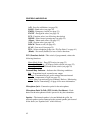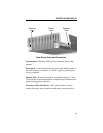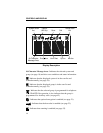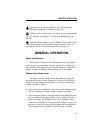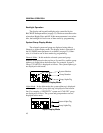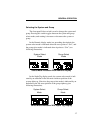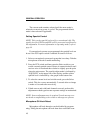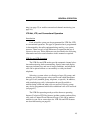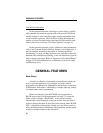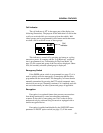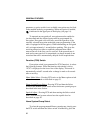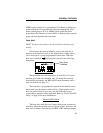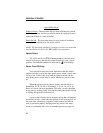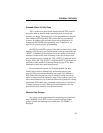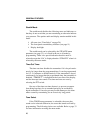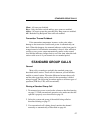
GENERAL FEATURES
20
Conventional Operation
In the conventional mode, selecting a system selects a specific
radio channel, and selecting a group selects the special Call Guard
squelch coding (if used) and other unique channel parameters such
as call indicator operation. The Call Guard coding determines the
mobile or group of mobiles being called and also the mobiles from
which calls are received (see “Call Guard Squelch” on page 47).
In the conventional mode, a busy condition is detected automat-
ically if the Transmit Disable On Busy feature is used. Otherwise, it
must be detected manually as described in “Monitoring Before
Transmitting” on page 44. Busy and no access conditions cannot be
detected with conventional signaling, so are not indicated by special
tones or display messages. Refer to “Operation At Extended Range”
on page 54 for information on how to determine if an out-of-range
condition may exist.
GENERAL FEATURES
Bank Select
A bank is a collection of selectable systems that have been set
up for a specific application. For example, one bank could be
programmed for operation in Minneapolis and another for operation
in Milwaukee. Each bank is identified by a unique alpha tag, and up
to sixteen banks can be programmed.
Banks are selected by the BANK SEL menu parameter or
BANK option switch. In the menu mode (see page 33), rotate the
Select switch to display “BANK SEL” on the top line and the
current bank is then displayed on the bottom line. Press the Select
switch to change the bank. If using the option switch, when “BANK
SEL” is displayed on the top line, simply press the Select switch to
select the desired bank. If neither the menu parameter nor the option
switch is available, banks are not selectable.



